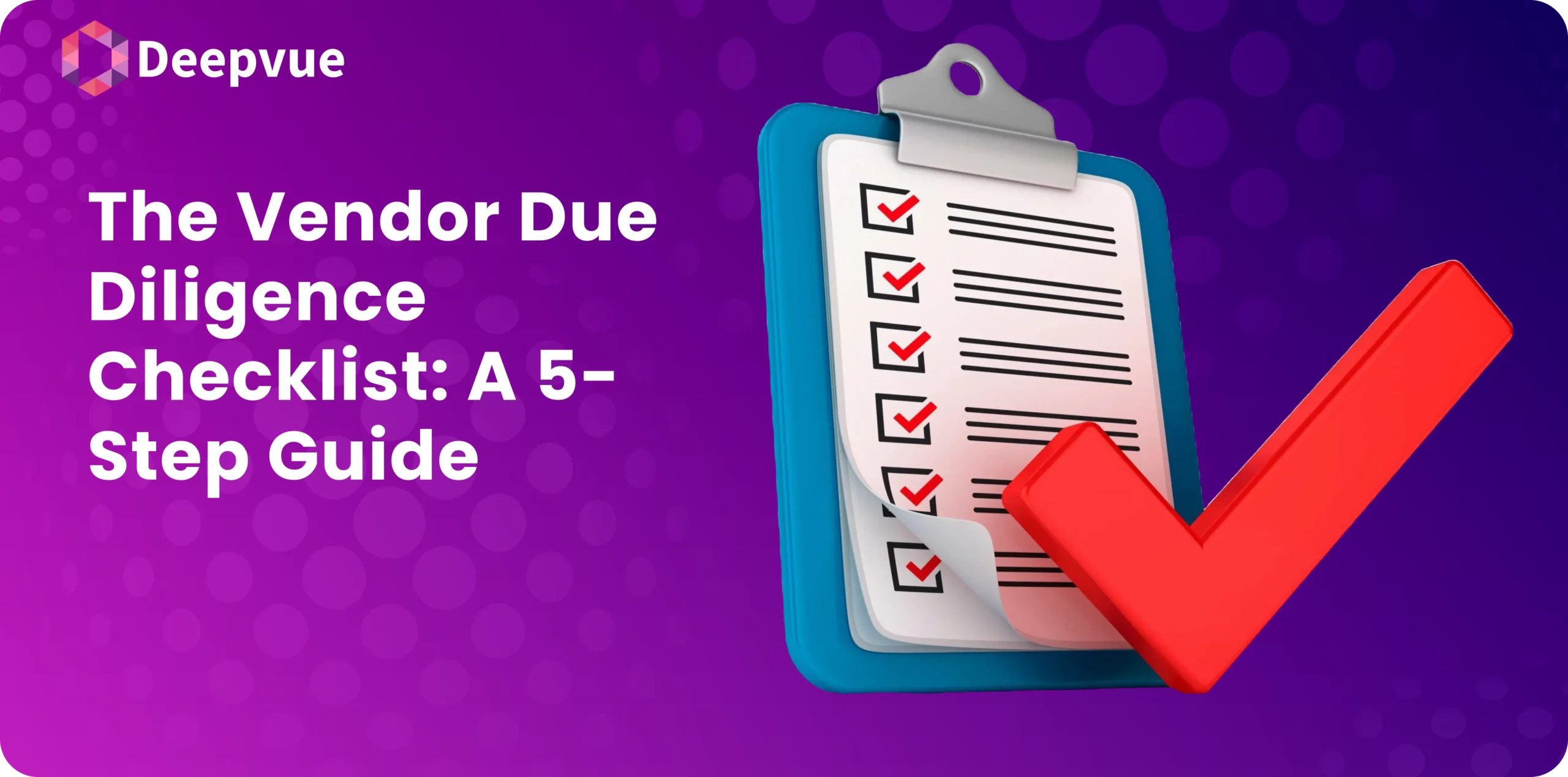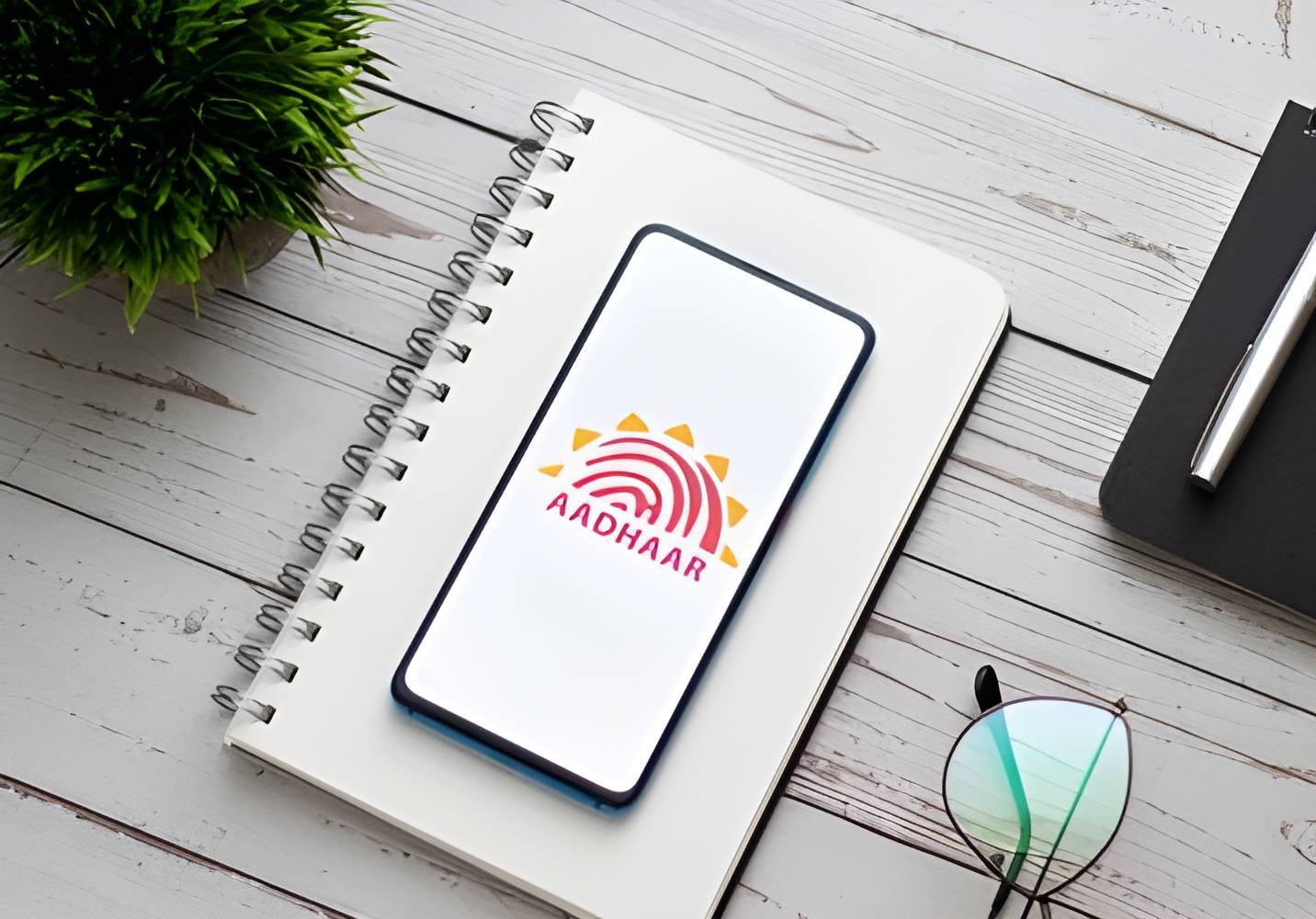Understanding Digital Banking
Digital banking refers to the provision of banking services through digital platforms such as mobile apps, websites, and online banking systems. It enables customers to perform a wide range of banking transactions without visiting a physical branch, offering convenience and efficiency in managing their financial activities.
Features of Digital Banking
- Online Transactions: Customers can transfer funds, pay bills, check account balances, and manage their finances online. This eliminates the need for in-person visits to bank branches and allows for quick and easy transactions.
- Mobile Banking: Mobile banking apps provide users with access to banking services via their smartphones and tablets. These apps often include features like mobile check deposit, account alerts, and secure messaging with customer support.
- 24/7 Access: Digital banking services are available 24/7, allowing customers to perform banking activities at any time, from anywhere. This is particularly beneficial for those with busy schedules or who live far from physical bank branches.
- Enhanced Security: Digital banking platforms use advanced security measures such as encryption, two-factor authentication, and biometric verification to protect customer information and ensure secure transactions.
Types of Digital Banking
Digital banking encompasses various services that leverage technology to provide financial solutions. Here are the main types:
- Online Banking: Accessible via internet browsers, online banking allows users to perform transactions, manage accounts, and utilize banking services without visiting a physical branch.
- Mobile Banking: Delivered through smartphone applications, mobile banking offers the convenience of banking on-the-go. Users can check balances, transfer funds, pay bills, and more.
- Neobanks: These are entirely digital banks with no physical branches. Neobanks offer a seamless digital experience, often with lower fees and innovative features tailored for tech-savvy users.
- Digital Wallets: Also known as e-wallets, these allow users to store money digitally and make transactions through their smartphones. Popular examples include PayPal, Apple Pay, and Google Wallet.
- Automated Teller Machines (ATMs): Modern ATMs offer more than just cash withdrawals. They enable deposits, transfers, bill payments, and even video conferencing with bank representatives.
- Virtual Assistants: AI-driven chatbots and voice assistants provide 24/7 customer service, helping users with queries and transactions without human intervention.
Benefits of Digital Banks
Digital banks offer several advantages that enhance the banking experience:
- Convenience: Customers can access their accounts and conduct transactions anytime and anywhere, eliminating the need for branch visits.
- Speed: Digital banks provide faster service delivery, from instant account opening to real-time transactions, enhancing user satisfaction.
- Cost-Effective: With lower operational costs, digital banks often pass the savings to customers through reduced fees and higher interest rates on deposits.
- Innovative Features: Digital banks frequently offer advanced tools, such as budgeting apps, financial analytics, and personalized financial advice, improving money management.
- Accessibility: Digital banking platforms are accessible to a broader audience, including those in remote areas, ensuring financial inclusion.
- Enhanced Security: Robust security measures, including biometric authentication, encryption, and real-time fraud detection, ensure customer data and transactions are secure.
- Environmentally Friendly: By reducing the need for paper-based processes and physical infrastructure, digital banking contributes to environmental sustainability.
FAQs
How safe is digital banking?
Digital banking is generally safe due to the implementation of robust security measures like encryption, two-factor authentication, and biometric verification. However, customers should also follow best practices, such as using strong passwords, avoiding public Wi-Fi for transactions, and regularly monitoring their accounts for suspicious activity.
What services can I access through digital banking?
Digital banking platforms typically offer a wide range of services, including fund transfers, bill payments, loan applications, investment management, and customer support. Many banks also provide additional features like budgeting tools, financial planning resources, and personalized financial advice through their digital platforms.






